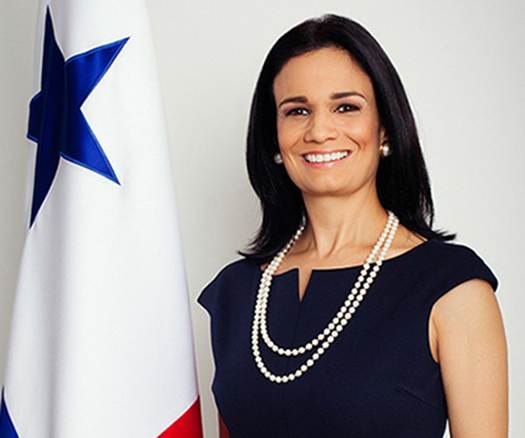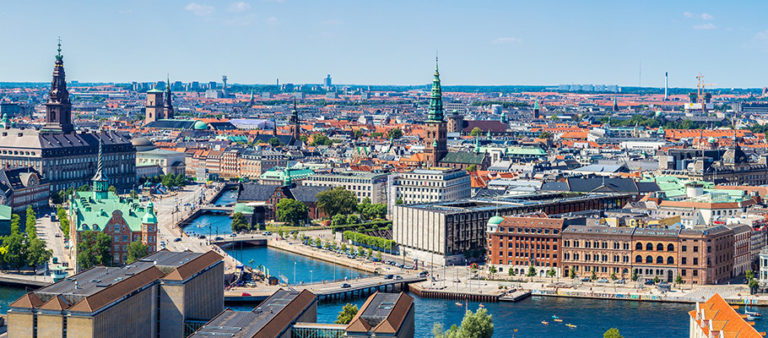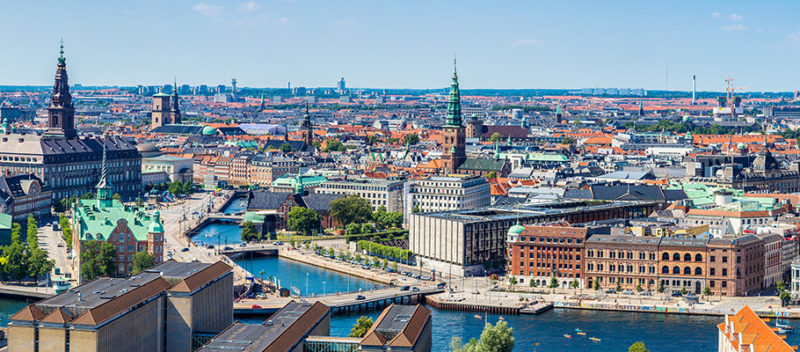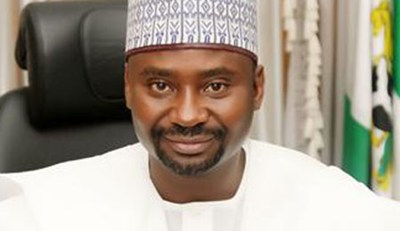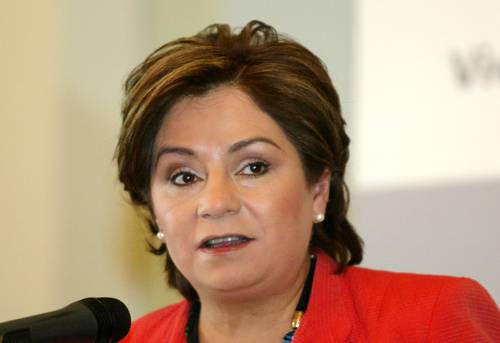The Catholic Church in Nigeria on Sunday, April 2, 2017 confirmed the death of Rev. Sister Christiana Umeadi, its Health Coordinator, in an auto crash.
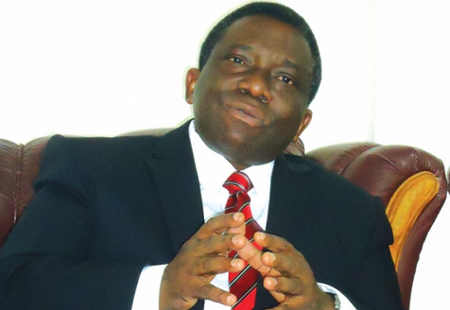
A statement signed by Rev. Fr. Christian Anyanwu, the Director of Communications, Catholic Secretariat of Nigeria, in Abuja, said Umeadi, until her death, was a member of the Sokoto Diocese.
Anyanwu said Sister Umeadi, who was returning to her station after participating in mass cerebrospinal meningitis immunisation, was involved in an auto crash at Bakura in Zamfara State.
He said the medical team had covered several parts of Sokoto Diocese for the immunisation in the last one month and that, as the outbreak worsened; the health team intensified its effort.
The states they covered, he said, include Sokoto, Katsina, Zamfara and Kebbi.
Anyanwu explained that Sister Umeadi led her team to Zamfara State for the immunisation exercise in March, where they were billed to spend just a day in Gusau town.
Anyanwu noted that her remains had since been deposited in the morgue at the Usmanu DanFodio Teaching Hospital, Sokoto.
He said that her immediate family, the Dominican Congregation, the Diocese of Sokoto and all her patients, were left in utter shock and disbelief.
“We all resign to the will of God and trusting that our Sister will rise again at the resurrection,” he said.
Until her death Sister Umeadi was the Assistant Prioress General of the Dominican Sisters of St. Catherine of Siena, Gusau, and Zamfara State.
The church has yet to announce a date for her burial.
Health officials reported over 100 cases of cerebrospinal meningitis in Sokoto State with five deaths.
No fewer than 80 people have lost their lives to meningitis in Zamfara State in the last two months, the state Commissioner for Health, Alhaji Suleiman Gummi, has said.
Meningitis had earlier killed at least three students in a Secondary School in Maradun Local Government Area of the state.
Severe heat occasioned by intense solar radiation and living in congested apartments are part of what medical experts believe are causing meningitis.
Meanwhile, Minister of Health, Prof. Isaac Adewole, has assured Nigerians that the Federal Ministry of Health under his purview would nip in the bud the outbreak of meningitis ravaging some states.
Adewole said the Federal Government has the capability to curtail the disease.
He spoke in an advisory issued late on Friday as the death toll from the disease from November 2016 till date rose to 328.
Last week, the National Centre for Disease Control had put the death toll at 282.
Adewole, who spoke extensively on the development in the advisory, said: “We have started working with all the affected states in specific areas of collaboration on massive awareness and sensitisation, laboratory investigation and analysis, proper documentation and disease surveillance techniques through the National Centre for Disease Control and National Primary Health Care Development Authority (NPHCDA) who have been of tremendous support since the outbreak. We are in constant discussion with World Health Organisation (WHO), UNICEF, E-health Africa and other international health agencies for supplies of vaccines and injections.
“Through our initiatives, we have secured 500,000 doses of the meningococcal vaccines from WHO which will be used in Zamfara and Katsina states while additional 800,000 units from the British government .By next Tuesday, there will be a meeting with the International Review Group of The World Health Organisation (WHO) where request for additional vaccines shall be approved, as part of practical and medically certified efforts to stem this ugly incidence.
“Even with the tunnels of accomplishment made, we are not relenting on all the progress made, as we have been assured of millions of vaccine doses through other notable and international donor agencies. Unfortunately, Nigeria had always been bedevilled with the stereotype A in years past but this new strain of the bacterial disease, Meningitis Stereotype C which the vaccine is not commercially available in required quantities and can only be shipped to the country by WHO only if laboratory investigation confirms the existence of the strain type C.
“Our ongoing spirited effort is geared to upscale through nationwide immunisation campaign while navigating the menace using a combination vaccine by conducting active case finding, strengthening surveillance, case detection, verification and communication management, performing lumbar puncture of suspect cases in a well coordinated atmosphere under NCDC. Our partners are already re-training physicians on the effective collection of cerebrospinal fluid for diagnosis.
“We are equally advocating for prompt diagnosis and have issued directive to all Federal medical facilities and PHCs to treat all cases of meningitis free of charge. All Nigerians especially residents of Katsina, Kano, Kebbi, Sokoto, Niger, Zamfara and Jigawa states are advised to seek early attention when discomforted with symptoms of Cerebro Spinal Meningitis (CSM) and avoid clogging together in unventilated and over-crowded rooms.”

